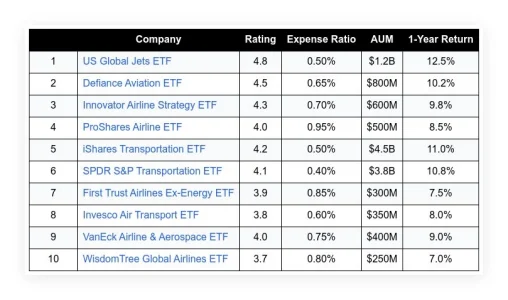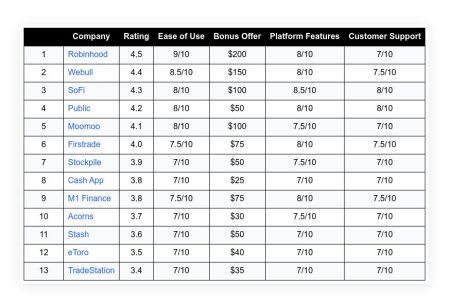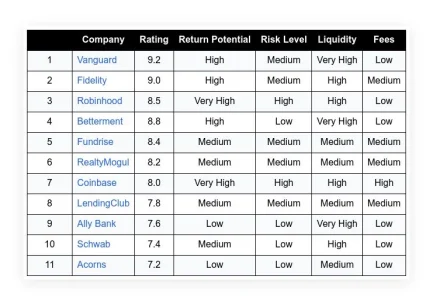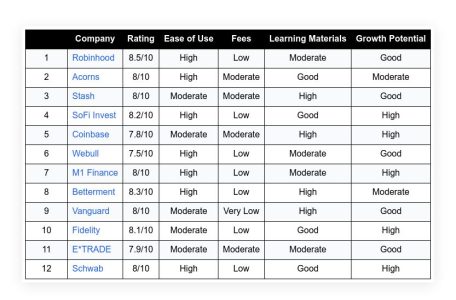Table of Contents
ToggleUnderstanding The Early Social Security Decision
When planning for retirement, many factors play a role. One major decision is the timing for taking Social Security. I decided to take Social Security at 62 for three clear reasons. These include the long-term totals of monthly payments, the treatment of earnings while continuing to work, and the future outlook of Social Security funds as outlined by the official website.
View this post on Instagram
The Math Behind Lower Monthly Payouts
I began with the first reason. It is known that opting for benefits at 62 leads to a reduced monthly amount. Although the check you receive is smaller, the calculation over time does not necessarily compensate for waiting until the full retirement age. I found that, by waiting for a later start, the total payout does not match what is received over time if one were to invest the money at a modest return rate.
Consider this: Even with a modest return of 7% on investments, the gains from the higher Social Security payout at full retirement age would not catch up to the benefit received at 62. The simple arithmetic shows that the break-even point may not be reached until age 79. For many, including myself, reaching that break-even age is a concern. In many cases, life expectancy and personal plans do not support the idea that one will benefit from waiting so long.
- Lower Monthly Benefit: Starting at 62 results in a lower monthly benefit amount.
- Investment Returns: Investing at 7% generates additional income, but the break-even point may not occur until age 79.
- Lifetime Considerations: Life expectancy and personal spending plans strongly impact the decision.
The Impact of Earnings While Working
The second reason revolves around the effect of continued work on Social Security benefits. If you are still employed at 62, a portion of your benefit might be temporarily reduced. This reduction happens because your current earnings can affect the monthly Social Security calculation.
However, this reduction is not permanent. I learned that once a person reaches full retirement age, the withheld amounts are paid back as catch-up payments. This means that the lower payout seen early on is adjusted later in life. The mechanism of catch-up payments helps ensure that your overall benefit is not permanently diminished.
“At full retirement age, the catch-up payments begin for what was withheld.”
This setup offers reassurance to those who choose to draw Social Security early while continuing to work. It ensures that temporary deductions do not result in a long-term loss of benefit value. As a practical financial planner, I see this as a balanced approach to managing retirement income.
Government Outlook and Concerns About Solvency
The third reason is perhaps the most eye-opening. I refer directly to the data available on the government website. According to that source, Social Security funds are expected to face severe stress in the coming years.
The projection indicates that by 2034, Social Security may be depleted. Simply put, if lawmakers take no measures, only about 80% of scheduled benefits will be available. This forecast raises important doubts about the system’s long-term reliability.
“Social Security will be depleted by 2034. If no action is taken by Congress to ensure solvency, Social Security will only have enough taxes coming in to pay out 80% of scheduled benefits.”
This information was a key factor in my decision-making process. It is not meant to create undue alarm. Instead, it is a reminder to plan thoughtfully. Waiting until full retirement age might not protect one from potential reductions in benefits if the overall system faces shortfalls.
Additional Considerations: The Current Fiscal Environment
Another factor that influenced my thinking is the prevailing fiscal environment. Recent policy decisions have added significant debt over the next decade. Although many policies have extended benefits, such as tax cuts for various sectors, these measures have also substantially increased the national debt.
This additional debt creates uncertainty. Even without precise forecasts for Social Security, high levels of national debt can affect a country’s ability to fund social programs. This broader economic picture makes me lean towards options that provide guaranteed benefits sooner rather than later.
For individuals in similar situations, the overall stability of governmental programs can be as impactful as the immediate benefit calculations. As a financial planner, I encourage my clients to review both the mathematical aspects and the broader systemic risks when planning their retirements.
Key Takeaways on Social Security Timing
Here are some condensed points that sum up my reasoning:
- Early Receipt of Benefits: Receiving Social Security at 62 results in a lower monthly payout. Yet, the benefits can add up and offer flexibility over time.
- Investment Strategy: When combined with a steady return on investment of around 7%, earlier benefits may still be beneficial. Waiting may not offer the best lifetime benefits unless one lives a very long life.
- Benefits for Active Workers: Working past 62 may temporarily reduce your Social Security check, but these reductions are only short-term. Adjustments occur automatically at full retirement age through catch-up payments.
- System Sustainability: With looming concerns over the solvency of Social Security, taking benefits earlier may protect you from future uncertainties.
These points represent a blend of numerical analysis, practical reality, and current policy concerns. Throughout my career as a Certified Financial Planner, I have observed that one size does not fit all. Every decision should be based on individual circumstances, such as health, employment status, and overall financial objectives.
The Broader Implications of This Decision
Choosing to take Social Security at 62 is a strategic decision with many implications. It is not driven by a desire for immediate gratification or fear, but rather by a combination of careful calculations and consideration of future risks. The decision works best for those who do not want to bet everything on a higher monthly check that might only benefit a minority of retirees who live long enough.
This issue also highlights the importance of staying informed. By checking official sources and performing precise calculations, one can make a decision that aligns with their financial goals. I often advise others to review their retirement plans annually, as changes in policy, personal health, and economic conditions all play significant roles.
The approach I have taken reflects my commitment to planning based on sound financial reasoning. It is essential to prioritize financial security, focusing on what is certain today, rather than relying solely on promises for the future. For many, this means taking steps to secure benefits without waiting for uncertain additional increases that may occur much later in life.
Advice for Those Facing Similar Decisions
If you are at a crossroads with Social Security decisions, consider these thoughts. First, review your current expenses and income needs. Assess how much reliance you will have on Social Security for your retirement day-to-day needs.
Next, factor in your life expectancy and your plans for retirement activities. A careful review of your investment options and returns can also help you decide if early benefits would work better for you. Many people find that by taking benefits earlier, they can use the funds to supplement their savings.
Finally, keep an eye on government reports and policy changes. Being aware of potential shifts in Social Security funding is essential. The information available on the government website is a resource that should be checked regularly. Update your retirement plan as new data becomes available.
While every retiree’s situation is unique, this line of reasoning resonates with those who do not want to rely entirely on future adjustments. Early benefits, when paired with a sound investment strategy, can provide a buffer against economic uncertainty.
Concluding Thoughts
This detailed analysis reflects my journey toward making a well-informed retirement decision. I considered the lower monthly amounts, the impact of ongoing work, and the stark government forecast. These factors, combined, made a compelling case for accessing Social Security at 62.
It is essential to weigh the balance between immediate benefits and long-term returns, alongside potential risks. I encourage readers to review their personal situations thoroughly and consult with a trusted financial expert. Making strategic decisions now can lead to better economic security later in life.
Ultimately, planning for retirement is about safeguarding your future. By focusing on reliable and timely benefits, you protect your financial independence and build confidence in your retirement strategy. I stand by my choice and hope that my insights help you in your planning journey.

















